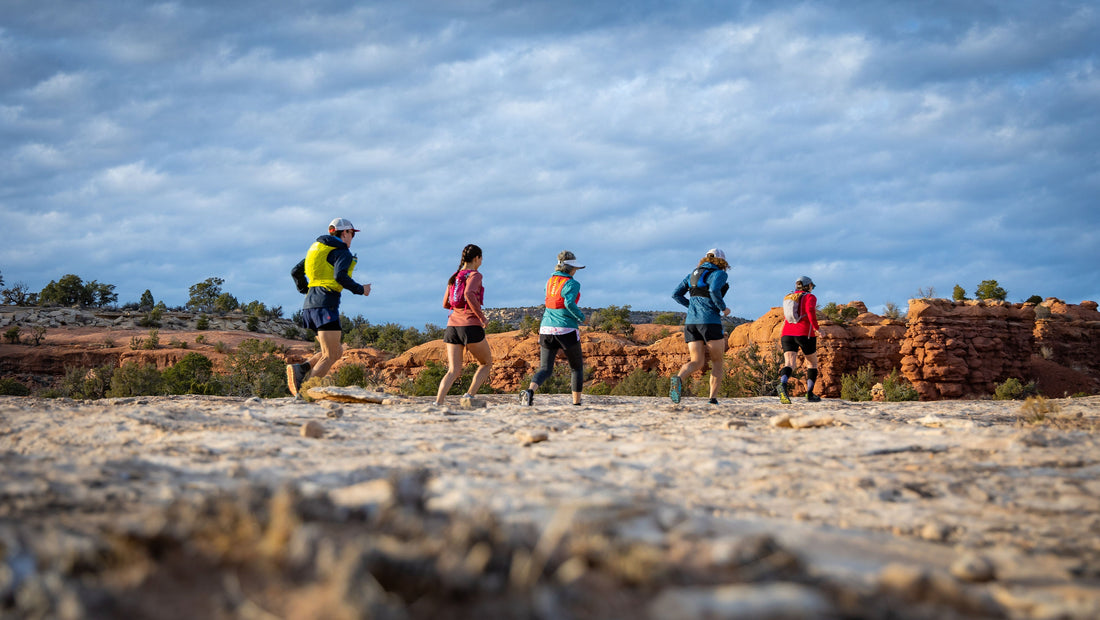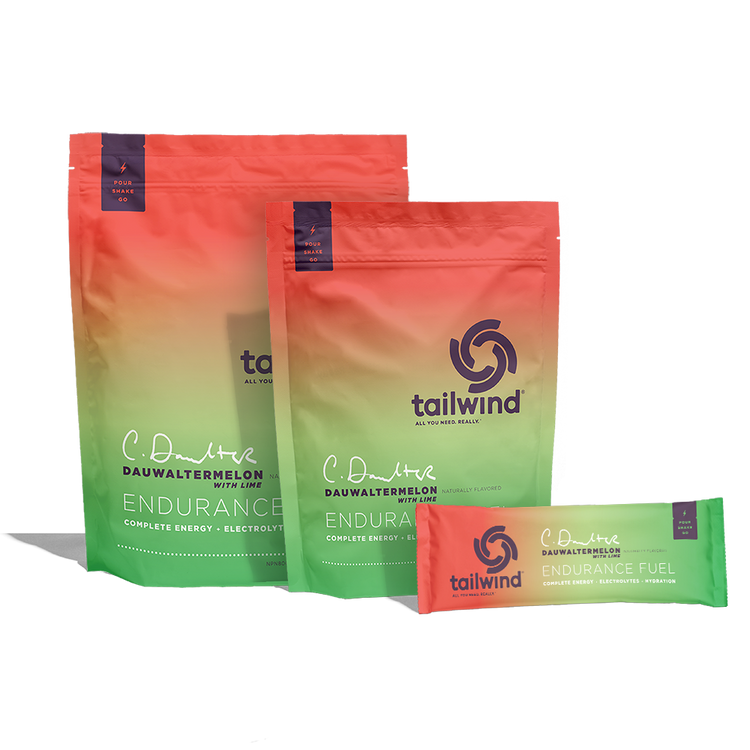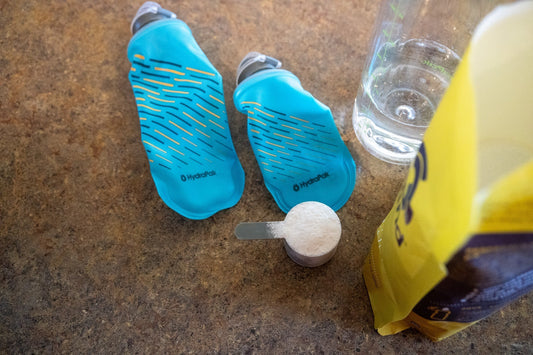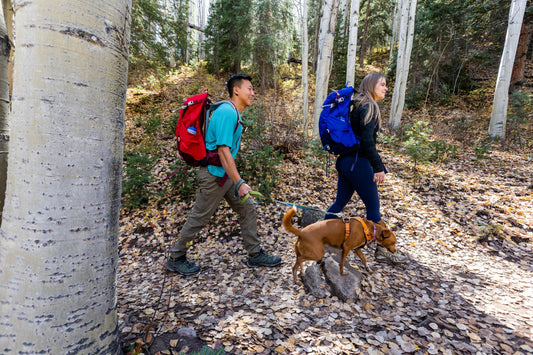5 Training Tips for a Successful First Trail Race
0 Comments
Trail running is an exciting and rewarding challenge that takes you off the pavement and into nature. If you’re preparing for your first trail race, training effectively can make a huge difference in your performance and overall experience. Here are five essential training tips to help you build strength, endurance, and confidence for race day.
1. Train on Trails
One of the best ways to prepare for a trail race is to run on trails as much as possible. Trail running is vastly different from road running due to uneven terrain, elevation changes, and obstacles like rocks and roots. Training on similar terrain to your race will help you develop agility, strengthen stabilizing muscles, and improve your ability to navigate technical sections. You will also find the time and miles fly by because trail running is just downright fun!
2. Incorporate Hill Workouts
Most trail races include elevation gain, so it’s important to build leg strength and endurance by incorporating hill training into your routine. Practice both uphill climbs and downhill descents. Uphill running improves cardiovascular fitness and leg power, while downhill running strengthens your quads and improves control. If you don’t have access to trails, stair climbing or incline treadmill workouts can be effective alternatives. You can also seek out the help of a professional/coach to help guide you through a training program based on your race and goals. Who doesn’t love a bit of accountability and guidance?
3. Strength and Stability Training
Running on uneven terrain requires strong muscles and good balance. Incorporate strength training exercises like squats, lunges, and core work to improve stability and reduce the risk of injury. Single-leg exercises and balance drills, such as standing on one foot or using a balance board, can enhance proprioception and coordination for tackling technical trails with confidence.
4. Put an Emphasis on Endurance
Trail races often take longer than road races of the same distance due to the challenging terrain. To prepare, gradually increase your long run distance and include back-to-back running days to build endurance. Practice running at a sustainable pace and focus on time on your feet rather than speed. Aid stations in trail races are typically farther apart than road races. Train with a hydration pack or handheld bottle to get used to fueling during long runs. Hiking uphills is okay, especially if you are getting used to the extra elevation gain.
5. Practice Your Nutrition and Gear
Fueling and hydrating properly throughout training will make progress faster and the process more enjoyable. Trail races may have fewer aid stations than road races, so it’s crucial to practice fueling and hydrating during training. We recommend Endurance Fuel to help cover your calories, electrolytes, and hydration so you can focus on achieving your goals. Recovery is also crucial. Replacing your glycogen stores with carbs and getting protein for your muscles will help you be ready for your next workout sooner. Recovery Mix is the perfect mix of carbs, proteins, and electrolytes to help fill those needs. Rapid Hydration can be a great addition to your water bottle throughout the day to keep you hydrated and your electrolytes in check. Additionally, test out your race-day gear, including shoes, how you plan to carry your fuel (like a hydration vest), and clothing, to ensure comfort and prevent surprises on race day.
Final Thoughts
Preparing for your first trail race requires more than just running—it’s about building strength, endurance, and confidence to handle the unpredictable nature of trails. By training on similar terrain, incorporating hill workouts, improving strength and stability, focusing on endurance, and practicing race-day strategies, you’ll set yourself up for a successful and enjoyable experience. Most importantly, have fun along the way and enjoy the journey!






